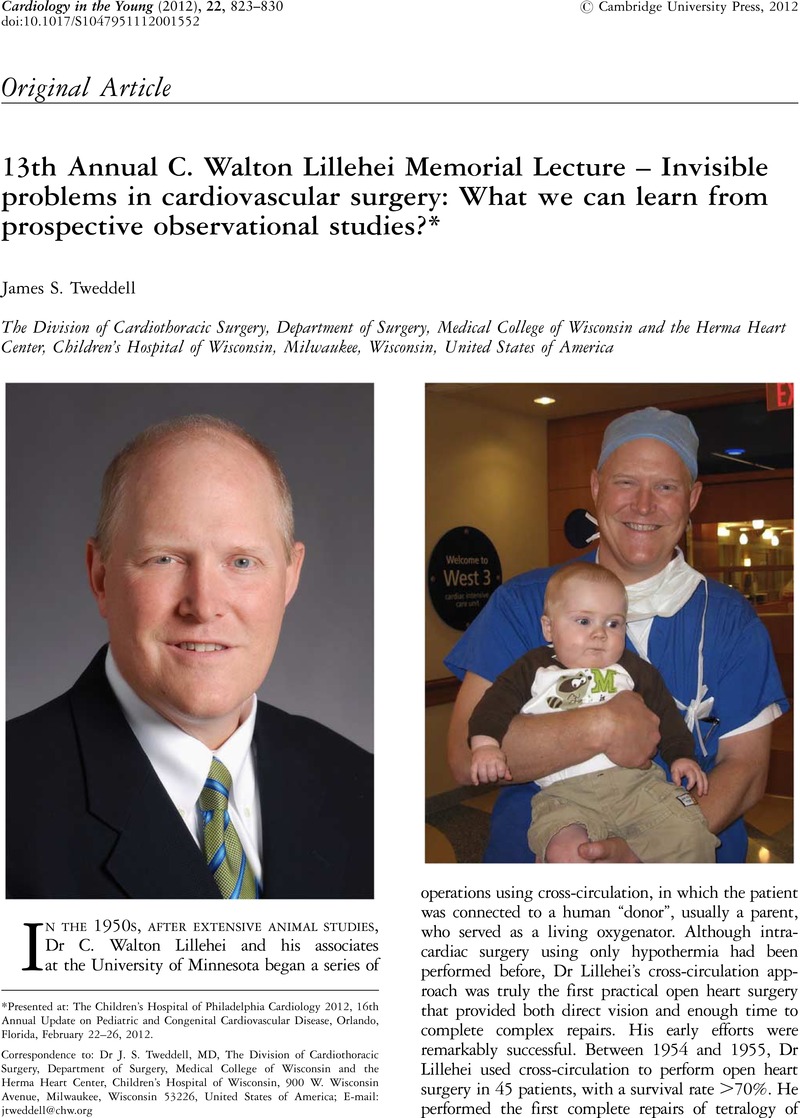Crossref Citations
This article has been cited by the following publications. This list is generated based on data provided by Crossref.
Iles, Tinen L.
Holm, Mikayle A.
Calvin, Andrew D.
Moller, James H.
and
Iaizzo, Paul A.
2020.
First Successful Open-Heart Surgery Utilizing Cross-Circulation in 1954.
The Annals of Thoracic Surgery,
Vol. 110,
Issue. 1,
p.
336.



